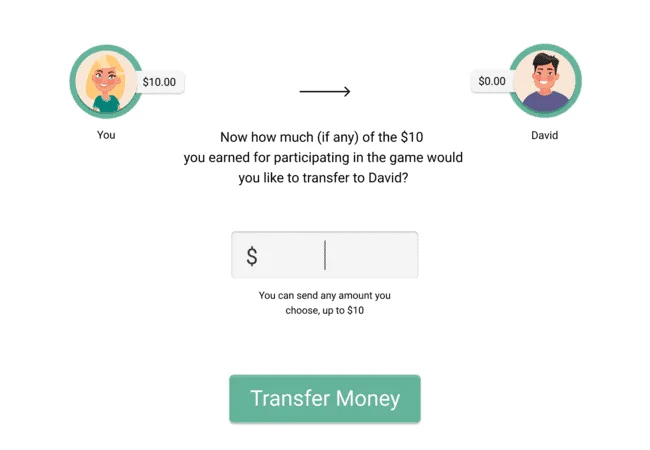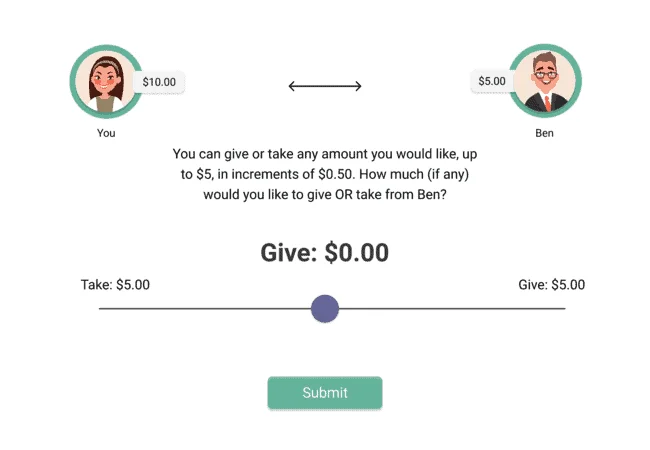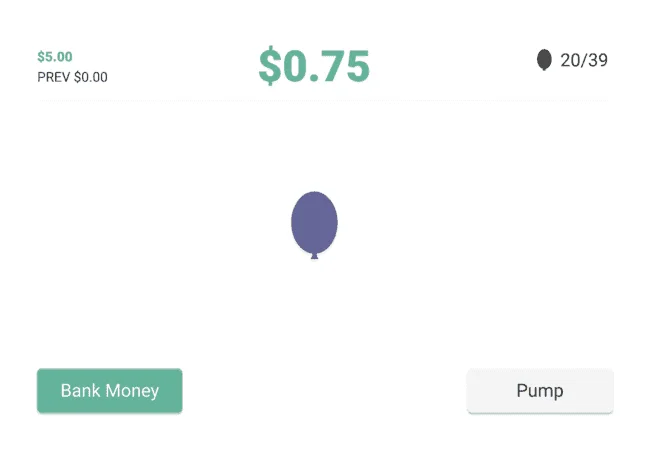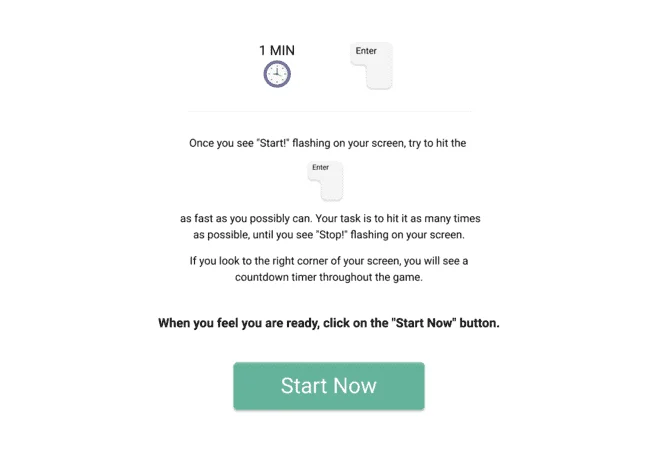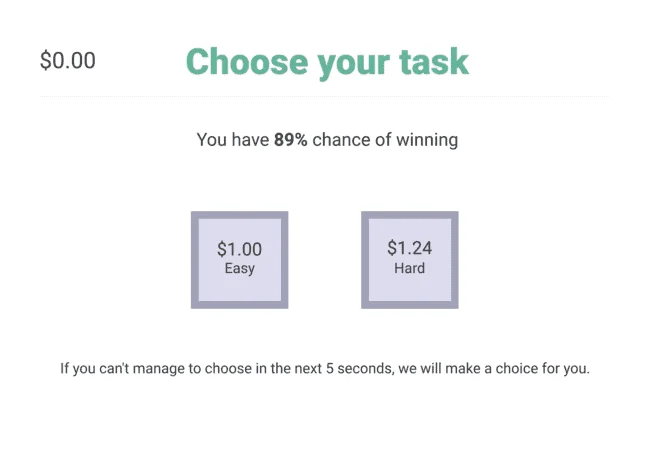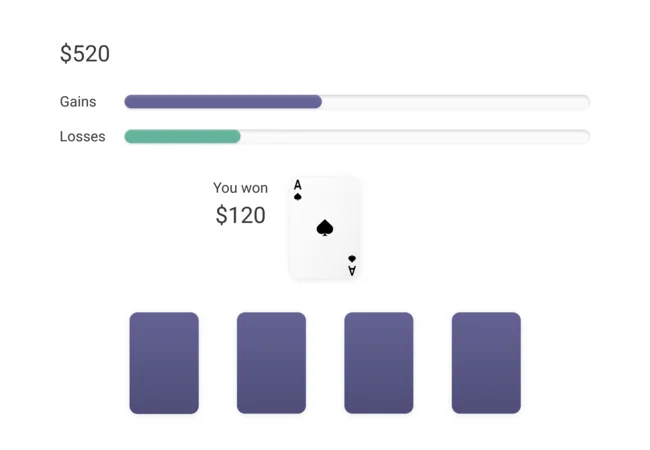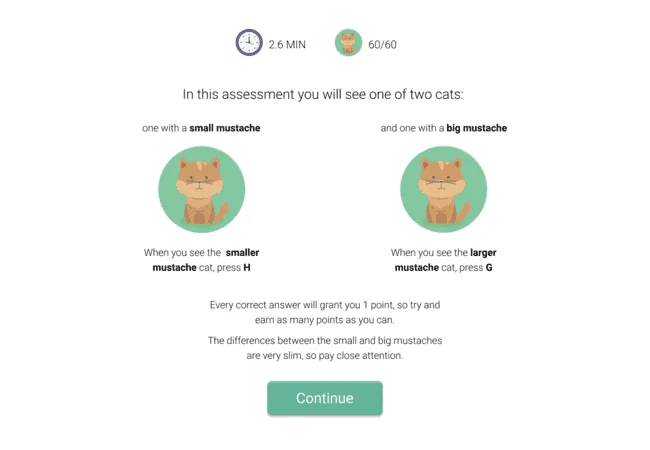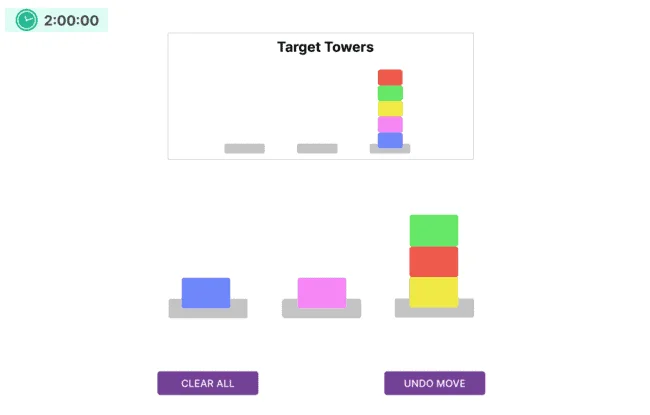The Background
The JP Morgan Pymetrics assessment is a critical step in the job application process. When you apply for summer internships and full-time positions with JPM, the firm will ask you to complete the assessment. How you perform in this assessment will impact your application outcome. As is the case with HireVUE and in-person interviews, you can prepare in advance for Pymetrics.
How Pymetrics Works
So what is the concept behind Pymetrics? Historically, companies hire people based solely on interviews. But there are so many problems with interviews. Different people ask different interview questions. You can easily script “good” answers. Every candidate says they’re passionate about finance. Anyone can say they’re hardworking and attentive to details. How do you tell who is real?
JPM decided to remove human bias by introducing Pymetrics. For a while, Goldman Sachs also evaluated whether to adopt this in its hiring practice. The big idea is to form profiles of the ideal employees in different divisions. Existing employees will play the game themselves, which provides the firm a target profile. Then they ask candidates to play the games to identify those who match the target profile. In other words, the companies will compare your Pymetrics results with existing employees’ results.
Important Thing to Keep in Mind
Here’s a really important point to keep in mind. Pymetrics will use your game results for ANY applications for the next 330 days without replay. In other words, Pymetrics will use the results for every job application that you apply to that uses Pymetrics. You don’t get to play the game every time you apply to a different company. Instead, it’s a single attempt that Pymetrics will send to every company.
JP Morgan Pymetrics Game #1: Money Exchange I
In this game, the system and pairs you to play with another “participant”. It is unclear whether the other participant is actually human. Given that arranging the game with another human participant could create uncertainties (i.e. there’s no one else playing this particular game at the moment), we believe it is likely that the other participant is a computer player.
In the beginning, the game gives you $10. The other participant has $0. You have to transfer a certain amount of money ($0 to $10) to the other participant. The other participant receives triple the amount of however much you transfer. After receiving your money, the other participant will send money back to you. He can return some, all or none of the money you sent him. The game does not specify whether you would also receive triple the amount he sends to you. However much you receive from him is what you keep at the end of the game. The system then asks you to evaluate whether the other participant was fair in this transaction. It gives you a scale of 0 (most unfair) to 10 (most fair).
All you do in this game is two things. First, you decide how much you send to the other participant. You literally just type in a number from $0 to $10. Second, you judge whether the other participant is fair. You just click a number on the scale of 0 to 10. That’s all!
This game measures the Trust trait. It tests whether you have a good sense of trust and skepticism to handle the different situations at work.
Pymetrics Tip: Don’t give the other player all your money. And don’t be so untrusting that you don’t give the other player any money.
JP Morgan Pymetrics Game #2: Money Exchange II
Similar to the Money Exchange I game, this game pairs you with another participant, which is likely a computer player. To start, the system gives you and the other participant $5 each. Then, the game will give an extra $5 to either you or the other participant. The system claims that this is decided “randomly”. Whether it is truly random is unknown. Chances are, you’ll receive that extra $5.
Let’s say you receive the $5. The game then asks you whether you want to send any money to the other participant. You can send money from $0 to $5 in $0.50 increments. However much money you send is however much he’ll receive. Additionally, the amount after this transfer is the final amount you will end the game with. At the end, the system asks you to evaluate whether the transaction was fair. It’s also a scale from 0 (most unfair) to 10 (most fair).
All you do in this JP Morgan Pymetrics game is two things. First, you decide how much money to send to the other participant. Please bear in mind that unlike Money Exchange I, you do not get any money back this time. Second, you rate how fair the transaction is. That’s another point of difference. Money Exchange I game asks you to evaluate the fairness of the other participant. However, this game asks you to evaluate the fairness of the transaction.
This game measures the Altruism trait. The system is evaluating whether you are someone who is generous to others.
Pymetrics Tip: Don’t be stingy. This means that you should send some money. Generous doesn’t mean foolishly generous. This means don’t send all of your money.
JP Morgan Pymetrics Game #3: Balloons
In this game, the objective is to earn as much money as you can by pumping balloons. Every time you pump the balloon, the money in the balloon increases by $0.05. However, each balloon has an explosion point. When the number of pumps reaches that point, the balloon will explode and the money will disappear. Interestingly, you won’t know the number of pumps that will cause each balloon to explode. So the balloon can explode at any time. You can pump too many times and lose all the money in the balloon. You can also pump too few times and lose the chance to make more money. The system will show you 39 balloons. You can opt to collect the money in the balloon at any time.
All you do in this game is to decide between (a) pump the balloon and (b) collect the money. You do that for 39 balloons. The Pymetrics system forces you to decide whether to take additional risk for additional reward.
This game measures the Risk trait. It evaluates how you approach situations involving risk. Do you apply a consistent approach or do you adapt?
Pymetrics Tip: Pay attention to the balloon colors in the first couple of balloons to see if there is any pattern. There are three balloon colors: blue, orange, and yellow.
JP Morgan Pymetrics Game #4: Keypresses
In this game, the screen shows you a countdown timer. It’ll ask you whether you’re left-handed or right-handed. When the message “GO!” appears, press the space bar as quickly as you can with your dominant hand. Stop when the game tells you to stop. That’s all! To clarify, all you do in this game is to repeatedly press the space bar. There’s nothing else you have to do for this game.
This game measures the Processing trait. It tests whether you can process things rapidly.
Pymetrics Tip: This is probably the most straightforward game in the Pymetrics assessment. Just hit that space bars fast. You’ll get a result that you are “lightning quick, and process things rapidly!”
JP Morgan Pymetrics Game #5: Digits
In this game, a sequence of digits from 0 to 9 will appear randomly one at a time. You have to remember each number the game shows to you. At the end, you have to input the correct sequence of numbers. For example, the first number that’ll appear on the screen may be 2. It’ll quickly disappear. Then 5 will appear. After that, 3. Then 7. And at the end, you have to remember that the number is 2537.
The game will increase the length of the sequence by one digit for each sequence you get right. So if you got the 4-digit sequence correct, the next round will be a 5-digit sequence. Similarly, the game will decrease the length of the sequence by one digit for each sequence you get wrong. If you get the 5-digit sequence wrong, the next round will be a 4-digit sequence. The game ends when you get 3 rounds wrong.
Your job in this game is to memorize the numbers and input them correctly at the end of each round. This is one of the more mentally exhausting games in the Pymetrics assessment. Most importantly, the instruction says “do not write your answers down while playing”. With no way to enforce this, it is unknown what percentage of candidates comply with this. We believe this is a major flaw in the system that compromises the integrity of the assessment.
This game measures the Memory trait. It is testing how good you are at remembering things. Memory is such an essential skill in professional services.
Pymetrics Tip: Don’t cheat. Practice and exercise your memory skills so that you can memorize at least 8 digits.
JP Morgan Pymetrics Game #6: Easy or Hard
In this game, you have to hit the space bar button repeatedly. The game consists of x rounds. In each round, you have to decide whether to complete an easy task and a hard task. For the easy task, you have 3 seconds to press the spacebar 5 times. Upon successful completion, you may earn $1. For the hard task, you have 12 seconds to hit the spacebar 60 times. Upon successful completion, you may earn between $1.24 and $4.30.
Notice the emphasis on “may”. It is not certain that you will earn the money. There’s a chance that you don’t earn anything even if you complete the task. In each round, the system will show you the probability of earning the money if you complete the task. You have five seconds to choose. After five seconds, the system will choose one for you. You have 2 minutes to earn as much money as you can.
Your job in this game is to strategically choose whether to perform the easy task or the hard task. Then, hit the spacebar as quickly as you can to complete the task.
This game measures the Effort trait. It is not only testing whether you are a hardworking person. It is also testing whether you are strategic about how you spend your effort.
Pymetrics Tip: Before you play this game, try pressing the space bar. Can you press it 60 times in 12 seconds? If you can, you should definitely go for the hard tasks when the probability of payout is high.
JP Morgan Pymetrics Game #7: Stop 1
In this game, the game will show you either a green circle or a red circle. “Show” is an understatement to be honest. Flash is more precise. The game will flash to you green and red circles. Each circle appears on the screen for a fraction of a second. You have to press the spacebar when you see a red circle. Don’t do anything when you see a green circle. You have to respond as quickly and as accurately as you can.

This is another mentally exhausting game. Fortunately, the game only lasts 2 minutes. During this time, it will show you 80 circles.
This game measures the Attention trait. Pymetrics is assessing whether you can focus on tasks and still detect new information.
Pymetrics Tip: This is actually a very common game. You can get better at it by practicing on Lumosity.
JP Morgan Pymetrics Game #8: Arrows
This game challenges your concentration with a series of flashing arrows. In this game, the system flashes you different sets of arrows. If the arrows are blue or black, press the arrow button that correspond to the direction of the middle arrow. If the arrows are red, press the arrow button that correspond to the direction of the side arrows. Importantly, note that all arrows that are not the middle arrow are side arrows. All side arrows point to the same direction. So you will not have a situation where the arrows to the left of the middle arrow point up while the arrows to the right point down.

This is one of the most mentally exhausting games in the JP Morgan Pymetrics assessment. It’ll show you 135 arrows in the span of 3 minutes. You have to respond as quickly and accurately as possible.
This game measures the Learning trait. It tests whether you can learn from your mistakes and adjust accordingly. To be honest, the connection between the game and candidates’ ability to learn is not obvious to us. However, since Pymetrics specializes in this domain, we believe it has its reasons.
Pymetrics Tip: This is actually a very common game. You can get better at it by practicing on Lumosity.
JP Morgan Pymetrics Game #9: Cards
In this game, you start with a $2,000 loan and you have a choice of four decks of cards. You can choose to draw cards from any deck. Some cards will earn you money. But other cards will lose you money. It is unclear which cards will earn you money and which ones will lose you money. You are free to switch from one deck to another at any time. You can switch as frequently as you wish. Continue drawing cards until the game is over. You get to draw 80 cards.
At the end of the game, Pymetrics will show you how much money you earned and how much you list. Keep in mind that you started off with $2,000 from a loan. Try not to fall below $2,000.
This game measures the Risk trait. It is testing to see whether you can adjust your strategy optimally in risky situations.
Pymetrics Tip: Luckily, it’s not entirely random. There is a hidden win-and-lose pattern. As you draw on the card, stay attentive and keep track of the cards drawn from each deck.
JP Morgan Pymetrics Game #10: Lengths
In this game, you will see two faces. One face has a small smile. One face has a big smile. The difference between the two is in the length of the smile. That difference between the lengths of the small smile and the big smile is a fraction of a centimeter. It will appear to many candidates as if these two smiles are the same. However, they are not. They are different by a fraction of a centimeter. It is literally testing your ability to detect a minuscule difference between two very similar lengths.
The game will flash you 90 smiles. Each smile will appear on the screen for less than a second. Therefore, you don’t really have time to measure anything. If it has a little smile, press the left arrow button. By contrast, if it has a big smile, press the right arrow button. The system may reward you with money for each one you get right.
This game measures the Learning trait. Frankly, we would’ve thought this measures the Attention to Details trait. But then again, we specialize in teaching finance rather than talent assessment.
Pymetrics Tip: This game is hard to practice. Either the size difference is immediately intuitive to you or it’s not.
JP Morgan Pymetrics Game #11: Towers
In this game, there are two sets of towers. Each set consists of three towers. Each tower consists of blocks in different colors. The set of towers at the top is how you need to remake the bottom set of towers. Your objective is to reorganize the bottom set of towers to match the top set of towers using the least number of moves. You have 2 minutes. At any time, you can undo a move or clear all and return to the beginning. Fortunately, this is not a mentally exhausting game. It’s pretty easy once you get the handle of it.
This game measures the Planning trait. It evaluates whether you’re someone who makes a plan before taking action.
Pymetrics Tip: This is just a regular Tower of Hanoi game. Tower of Hanoi is a common mathematical puzzle. Search on Google and YouTube to learn how to tackle this puzzle.
JP Morgan Pymetrics Game #12: Faces
In this game, the system will show you photographs of people with different facial expressions. Some photographs will come alone while others will have accompanying short stories providing situational context. Your task is to choose the word among 10 options that you believe best describes how the person is feeling. The 10 options are anger, determination, disgust, fear, happiness, hope, pain, sadness, surprise, and puzzlement.
All you do in this game is to look at people’s photographs, read the story, and choose the right word. You have 7 seconds to pick your answer.
This game measures the Emotion trait. It assesses your ability to understand and relate to other people’s feelings.
The Assessment Results
At the end of each game, Pymetrics will tell you a bit about your personality. For example, it might say “You have great memory” or “You are very generous”. However, it doesn’t show you a “score” nor how you compare against others.
Once you complete the games, Pymetrics will show your results based on 9 traits. These 9 traits are Effort, Risk, Fairness, Emotion, Decision Making, Focus, Learning, Attention and Generosity. Pymetrics will give you short descriptions of your personality based on these 9 different traits. However, it will not share with you how you compare versus the employers’ employees or target profile.
Next Step: JP Morgan HireVUE
Once you complete the JP Morgan Pymetrics assessment, the next step is to complete the bank’s HireVUE. Lumovest has an article that tells you the past HireVUE questions as well as how to answer them. Once you pass HireVUE, you will receive an interview.
Learn Finance for JP Morgan Interviews
Lumovest is the finest institution in the world to learn financial and investment analysis. We teach you how to analyze financials and investments from the grounds up. Our curriculum is based on how things are done at the top banks and the top investment firms. Our lessons are interactive and visually intuitive. As a result, our courses are very practical and very relevant to what you’ll do on a day-to-day basis. The courses are taught by former Goldman Sachs investment banker.
Developing a strong financial analytical skillset will help you stand out during the JP Morgan hiring process. Through our courses, you’ll learn accounting, financial modeling, LBO, DCF, M&A and valuation. At the end, you’ll receive an official blockchain-verified digital certification, which you can showcase on your resume. You can sign up here.
Related Readings
- Goldman Sachs HireVUE Questions
- Morgan Stanley HireVUE Questions
- JP Morgan HireVUE Questions
